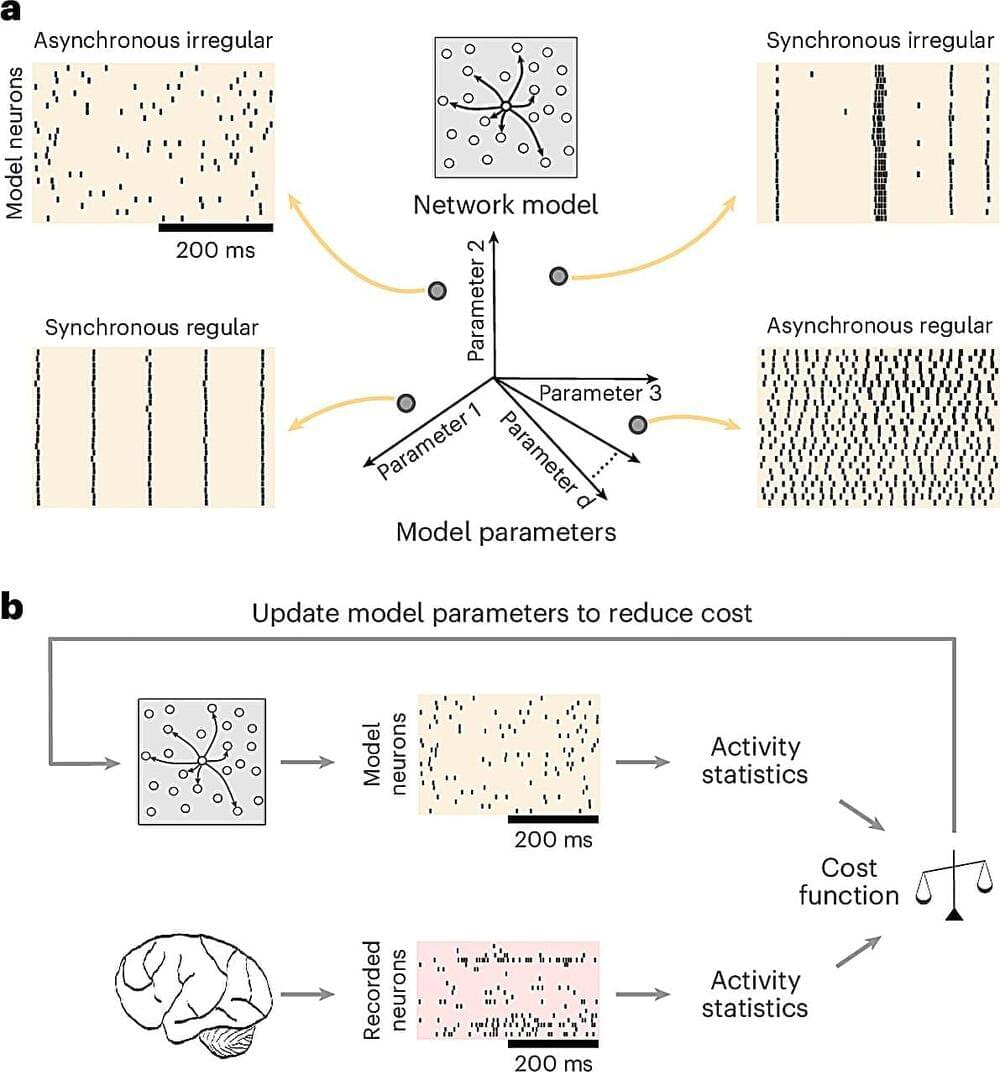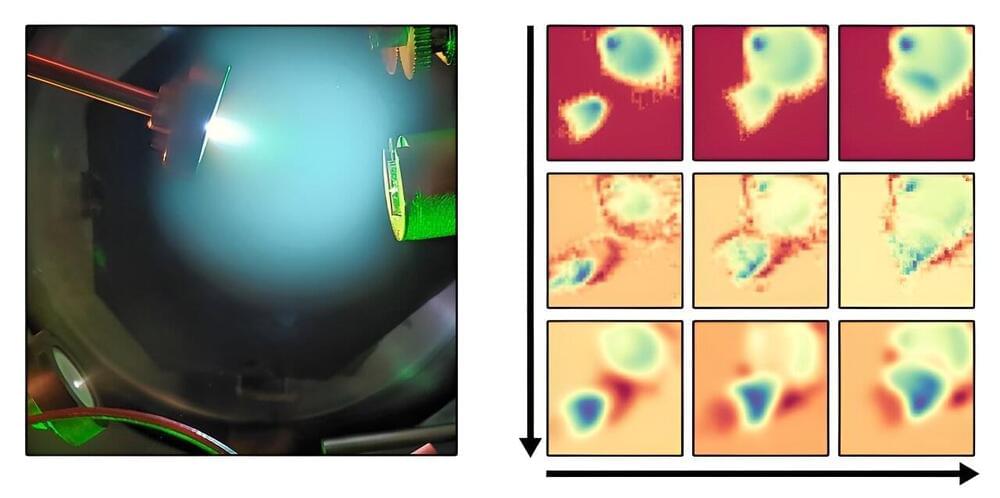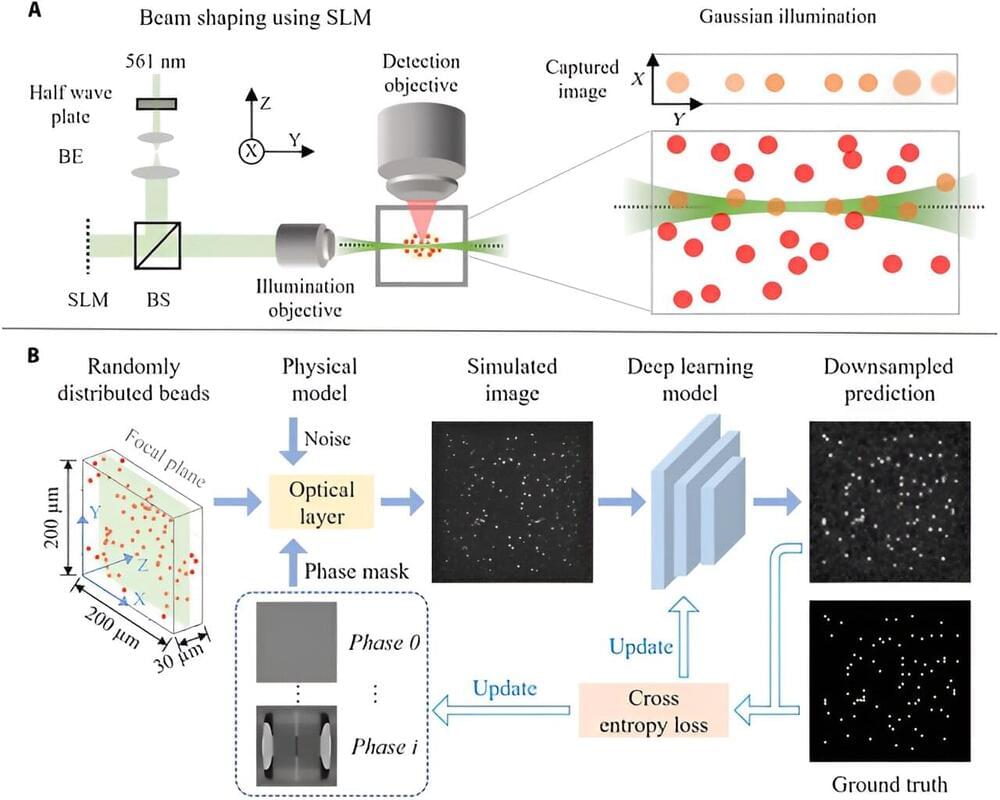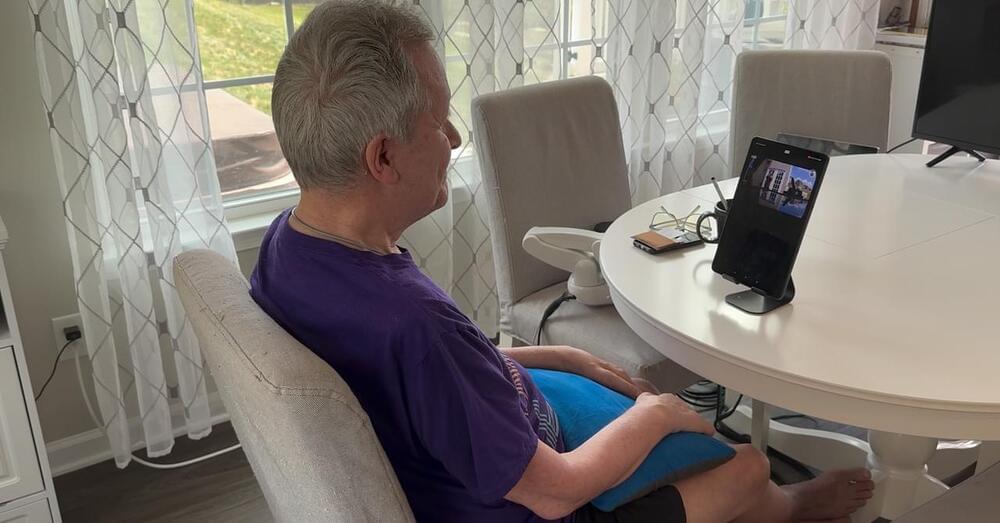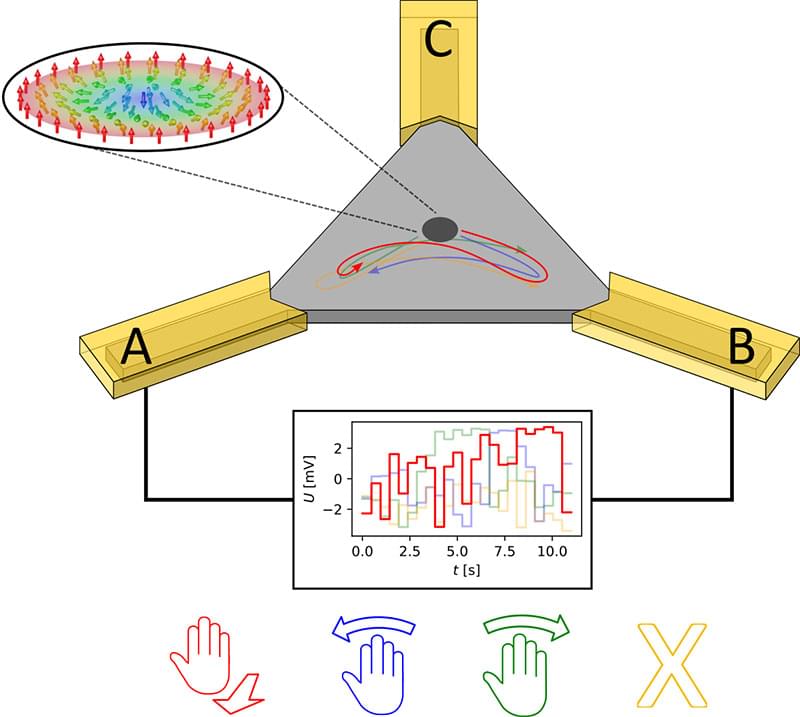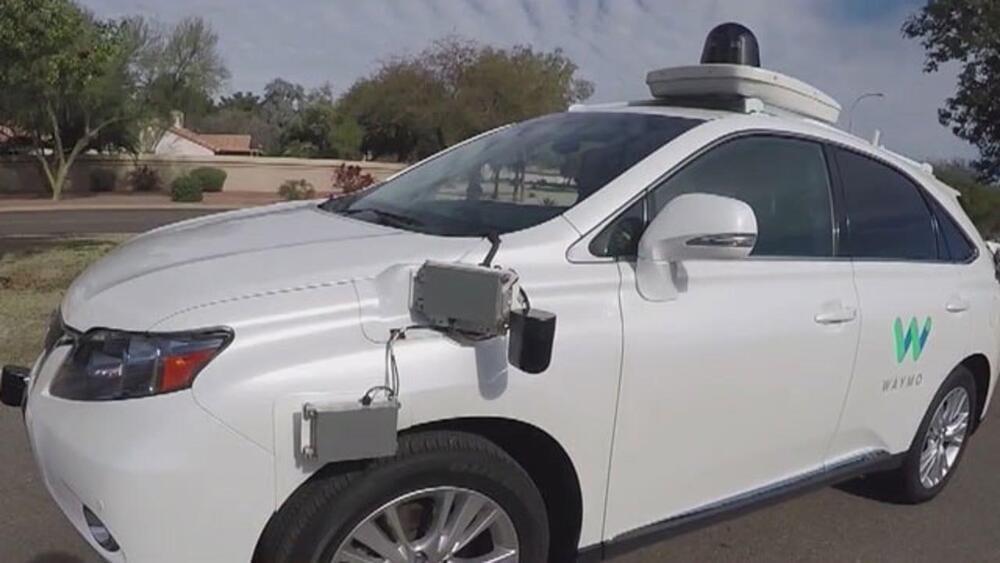Sep 16, 2024
Novel framework allows for automated tuning of large-scale neuronal models
Posted by Saúl Morales Rodriguéz in categories: neuroscience, robotics/AI
Developing large-scale neural network models that mimic the brain’s activity is a major goal in the field of computational neuroscience. Existing models that accurately reproduce aspects of brain activity are notoriously complex, and fine-tuning model parameters often requires significant time, intuition, and expertise.
New published research from an interdisciplinary group of researchers primarily based at Carnegie Mellon University and the University of Pittsburgh presents a novel solution to mitigate some of these challenges. The machine learning-driven framework, Spiking Network Optimization using Population Statistics (SNOPS), can quickly and accurately customize models that reproduce activity to mimic what’s observed in the brain.
Continue reading “Novel framework allows for automated tuning of large-scale neuronal models” »
